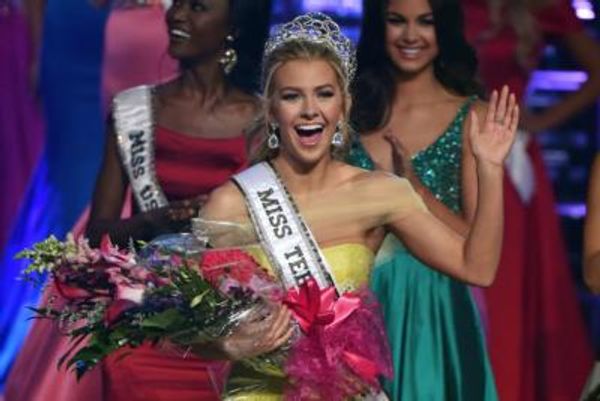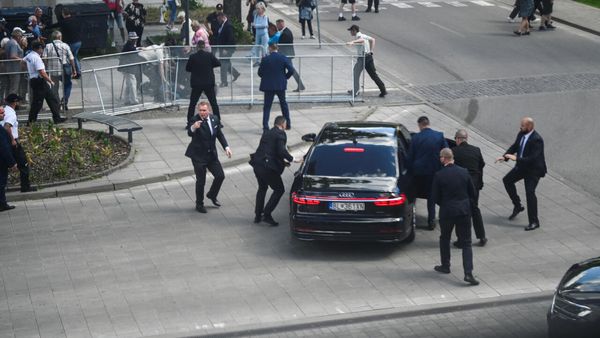
Some of Britain’s most elite schools benefited from slavery through substantial donations and endowments worth the equivalent of tens of millions of pounds today, research has found.
Eton College, Christ’s Hospital school and Liverpool’s Blue Coat grammar are among the 29 schools still operating that have significant documented links to donations from people who profited from slavery in the 18th and 19th centuries.
In some cases, former students received significant compensation from the British government after abolition, suggesting that their families – who paid their school fees – were heavily involved in the slave trade.
The study by academics at Durham and Cambridge universities is the first to comprehensively draw together detailed links between British enslavers and investors with the schools they founded or supported using wealth derived from slavery.
Most of the schools identified are private. The research comes as the finances of independent schools in England are the centre of a debate over Labour plans to add VAT to school fees and strip them of charitable status.
Sol Gamsu, assistant professor at Durham university’s sociology department and lead author of the research, said it posed “serious questions” for private schools over their reputation and historical legacies.
“Those questions get to the fundamental issue of whether the private school system should exist, and not only because of the inequality it produces in the UK but also the inequality and violence it has been implicated in internationally,” Gamsu said.
The notorious slave trader Edward Colston founded schools in Bristol. He was also a governor and benefactor of Christ’s Hospital, and the private school in Horsham, West Sussex, continues to display statues of two major donors, John Moore and Robert Clayton, who had major financial links to slavery including through the Royal African Company, one of Britain’s most active slave traders in the 17th century.
Moore donated the modern-day equivalent of about £10m to Christ’s Hospital, while the researchers estimate that Clayton gave at least £12m and possible more than £20m to rebuild the school after it was destroyed by fire. Clayton’s immense wealth included his family’s slave holdings in Bermuda, with his bank making loans to the East India Company worth more than £1bn in today’s terms.
A spokesperson for Christ’s Hospital said: “In recent years, Christ’s Hospital has begun to explore the difficult history of those of our benefactors who derived wealth from the trade in enslaved people and this work will continue.
“We are deeply saddened by what we have learned, acknowledging the challenges such history can present for our school community, and have no wish to shy away from it. We welcome this new research, which we hope will contribute to our deeper understanding and inform our future teaching and reflection.”
They added: “Christ’s Hospital is one of the UK’s oldest boarding schools. Today we believe we are the most diverse independent school in the country and recognise our responsibility to our students, past, present and future, to examine the school’s history with openness and honesty.”
Gamsu said that so far none of the schools named have given serious thought to making reparations, other than Rugby school, in Warwickshire, commissioning academic research into its links with slavery.
“In terms of whether the schools should be making reparations, yes – but that can’t just mean bursaries. I think the problems that are highlighted in this research are deeper than whether or not the school funds some more bursaries,” Gamsu said.
The researchers said some British schools with connections to slavery “began to acknowledge and confront these histories more publicly and seriously than before” after the death of George Floyd in 2020, with Liverpool’s Blue Coat school among those making public acknowledgment.
Several schools have since removed the names of founders or benefactors who profited from slavery. Colston’s private schools in Bristol have been renamed as Collegiate school for boys and Montpelier high school, while the Haberdashers schools in Hertfordshire removed the surname of Robert Aske – one of the original investors in the Royal Africa Company – from their titles in 2021.
Databases of government compensation paid to enslavers reveal that those with links to Eton, Harrow, Charterhouse, Winchester and Westminster were the most numerous, the research found. In total, 221 alumni from these five private schools were connected with the enslavement of nearly 60,000 people, and received compensation worth an estimated £2bn in 2021 prices.
At Eton alone, more than 100 former pupils received the equivalent of £905m in 1834 to compensate for their “ownership” of more than 27,000 formerly enslaved people.
In 2020, the head of Eton College pledged to decolonise its curriculum to ensure pupils could “understand the historic roots of racism and, even more importantly, how it continues in the world today”.
Many global and British institutions, including universities and the Church of England, are now acknowledging their historical involvement in the slave trade. The Guardian has documented its own financial ties to slavery, including its founders’ links through Manchester’s textile industry and its use of cotton produced by slave labour.







